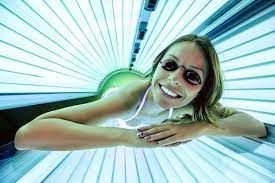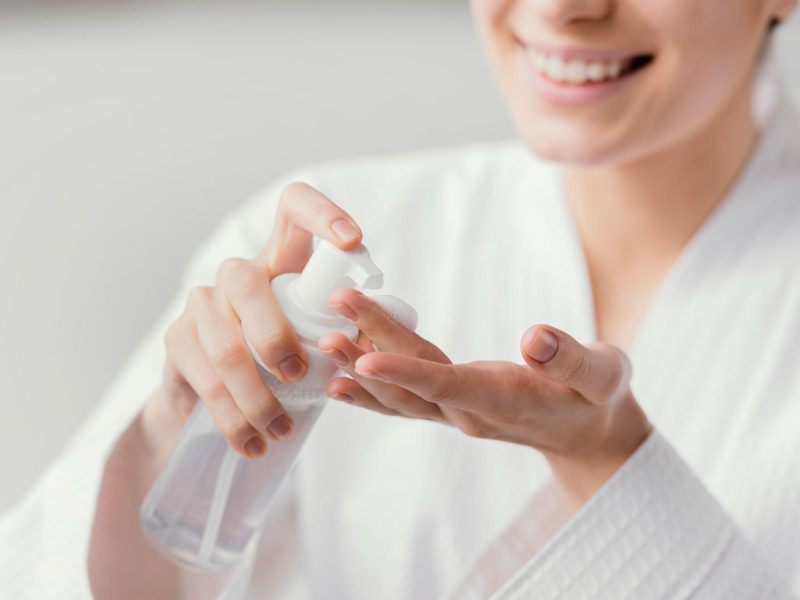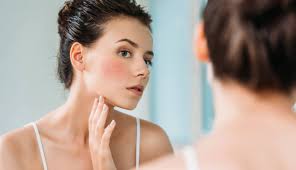When sunbathing, there are a few things to keep in mind so that the tan lasts as long as possible and the dangerous UV rays do not damage the body. With these tips, you will not only be tan sustainably, but also flawlessly and healthily. In this article we are discussing about Tips for perfectly tanned skin, Tanning Time Chart.
Before You Sunbathe
The following phase plan will help you use a sunbed responsibly:
1) Determine your skin type
2) Determine your tanning time
3) Follow the recommendations
People have different skin types, not everyone reacts to the sun in the same way. Someone with light skin will need to protect themselves more to avoid getting burned than someone with dark skin. Not everyone is therefore allowed to use a tanning bed, like someone:
- whose skin has already been burned by the sun or tanning bedtime.
- who has or has had a skin disease or skin cancer.
- Who is younger than 16 years
- With skin type 1.
Whether people who have had skin cancer should be allowed to sunbathe is a question that dermatologists answer differently. It is advisable to be careful in this case and to ask the doctor for advice first. The condition of some skin diseases improves under the influence of UV radiation, while others worsen. If necessary, please ask your doctor for advice. In order to do a proper tanning cure in the second phase, you must first determine your skin type. You can also use the chart below to see which description best suits your skin type.
Phase 1 Determine your skin type
Skin type 1
Greatest risk of sunburn, does not tan. A very fair complexion, often with freckles. Has reddish or light blonde hair and blue eyes.
Skin type 2
Great risk of sunburn, tans slowly. Has fair skin, sometimes with freckles. Has blond hair and light colored eyes.
Skin type 3
Moderate risk of sunburn, tans easily. Has slightly toned skin. Has dark blonde to brown hair and fairly dark eyes.
Skin type 4
Low risk of sunburn, tans quickly. Has an already toned skin. Has dark hair and dark eye color. (southern type)
Skin type 5
No risk of sunburn tans quickly. Has dark skin, dark to black hair, and dark eye color. (Asian type)
Skin type 6
No risk of sunburn, tans very quickly. Has very dark skin, black hair and dark eye color. (negroid type)
NB: You must be particularly careful if your skin is hypersensitive to ultraviolet radiation and/or drugs. If in doubt, consult the package leaflet, your family doctor or the pharmacy.
Phase 2 Determine your tanning time
Responsible use of the sunbed means, among other things: Getting your skin used to the UV radiation. A cure generally consists of ten tanning sessions. You can see the times that you should adhere to in the table below in the column of your skin type (see 1st phase). NB: Take at least a 48-hour break between the first and second tanning session.
NB: Reduce tanning times by 20% during the first 50 hours of sun exposure, as the tubes emit more radiation during this time. Also observe this note every time you replace the tubes.
Tanning Times Chart
| skin type 2 | skin type 3 | skin type 4,5,6 | |
| 1st session | 5 | 5 | 5 |
| 2nd Session | 5 | 6 | 6 |
| 3rd Session | 6 | 7 | 9 |
| 4th Session | 7 | 8 | 11 |
| 5th Session | 7 | 9 | 13 |
| 6th Session | 8 | 11 | 16 |
| 8th Session | 9 | 12 | 18 |
| 8th Session | 9 | 13 | 20 |
| 9th Session | 10 | 14 | 22 |
| 10th Session | 11 | 16 | 25 |
| Max. tanning sessions per year | 60 | 43 | 33 |
Note: Before the tanning session is over, the device will emit a few beeps to alert you.
You don’t need to follow this chart when tanning, it is for guidance only. Please pay close attention to how your skin reacts, that is the only important benchmark. state to take a whole cure. You can use the tanning bed even occasionally to keep your color. However, it is important that you do not exceed the recommended maximum number of tanning sessions per year.
Stage 3. Follow the recommendations
Now you know how long you can sunbathe. But before you really start, we ask that you consider the following recommendations.
Always protect your eyes when sunbathing with the supplied UV goggles. The UV rays that penetrate directly into the eyes can cause irreparable damage to the cornea, which can even lead to cataracts. Always follow the recommendations in the tanning table and take a break of at least 48 hours between the first and second tanning session. Remove all cosmetics before sunbathing and do not use sunscreen. Cosmetics and medicines may contain substances that, when combined with UV rays, cause a phototoxic reaction.
The most common Phototoxic substances are:
Demeclocycline
Etretinate
Azapropazone
Rolitetracycline
Isotretinoin
Etretinoin
Nalidixic Acid
Doxycycline
Tretinoin Amiodarone Hydroquinone Methoxsalen Chlortetracycline Porfimer Monobenzone Oxytetracycline Acitretin Hydroquinone Tetracycline Lomefloxacin.
Also Read: 5 Benefits Of Apple Cider Vinegar


